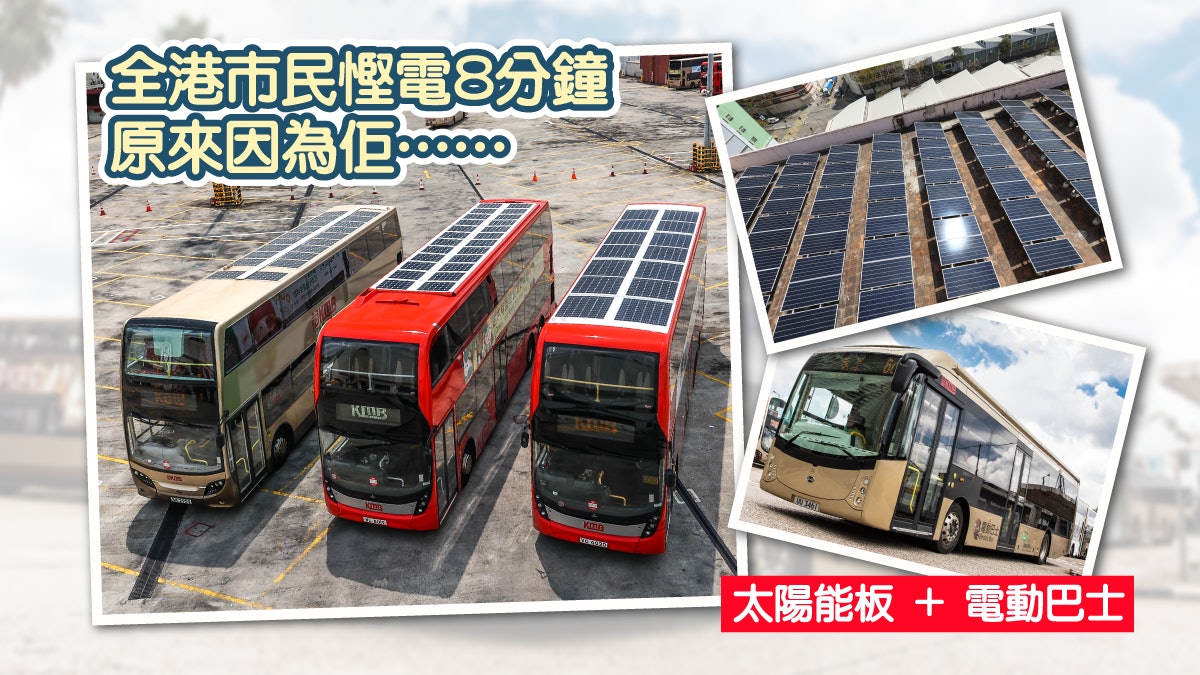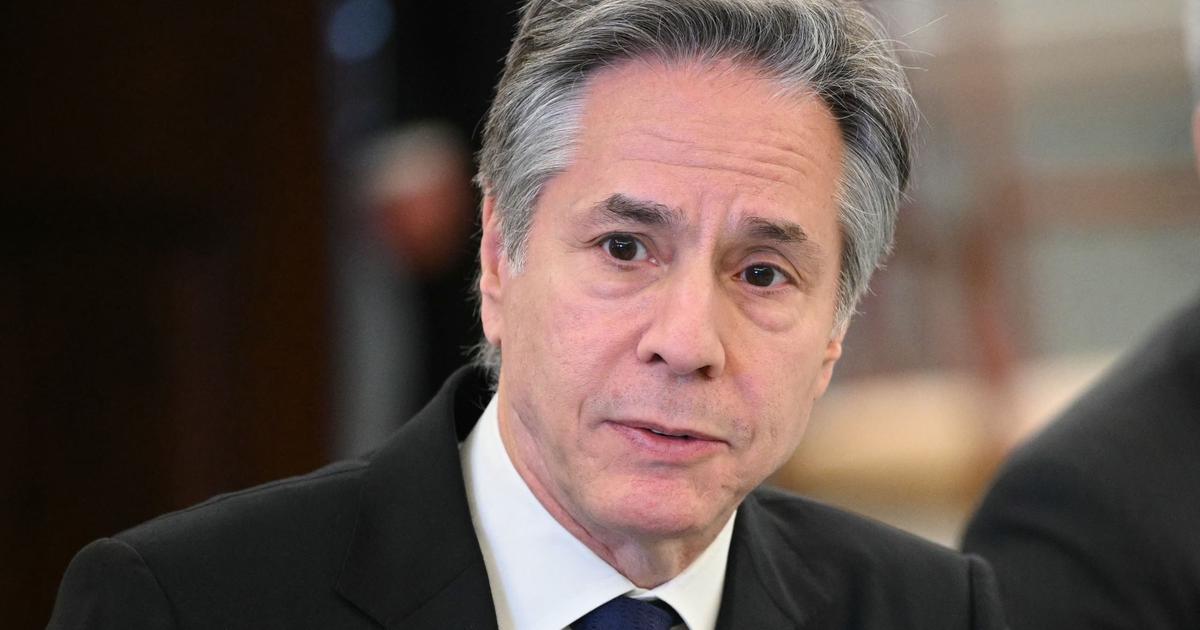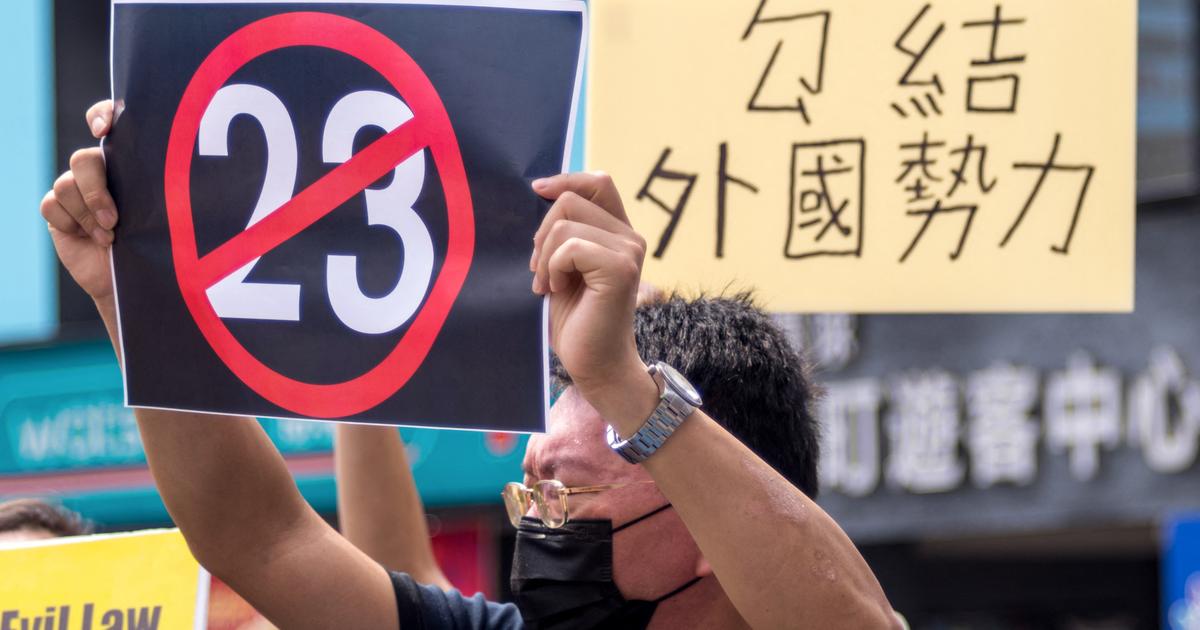Social News
Special content
Written by: Xie Deqin
2021-06-11 18:53
Last update date: 2021-06-11 18:54
In the past May, the Hong Kong Observatory recorded the historical record of the most hot nights.
In the face of increasing global warming, environmental groups have criticized that less than one percent of Hong Kong’s electricity generation is produced by renewable energy, which is far behind the level of international cities.
However, recently, local companies have used new energy on a large scale and installed more than 22,000 solar panels, which are expected to generate more than 10 million kilowatt-hours of electricity each year. That is, the 7.5 million citizens of Hong Kong consume electricity for 8 minutes per person, which is equivalent to planting approximately for Hong Kong. 230,000 trees to absorb carbon dioxide.
Environmental groups and companies expect more companies to join the ranks of human self-help and solve the climate crisis.
The global warming crisis is approaching, but Hong Kong still relies on fossil fuels. The government’s policy address last year set a goal of achieving carbon neutrality by 2050. The World Wide Fund for Nature Hong Kong (WWF) pointed out that only less than 1% of Hong Kong’s electricity generation is currently produced by renewable energy. The production of renewable energy is far behind the level of international cities.
Hong Kong should increase the use of renewable energy sources such as solar energy for power generation and increase the proportion of use.
22,000 solar panels generate 10 million kWh of electricity
Just as the government will update the "Hong Kong Climate Action Blueprint" in the middle of this year and formulate new carbon reduction measures, local companies have responded to the government's carbon neutrality goal and actively promoted the development of new energy.
Among them, KMB will install 22,000 solar photovoltaic power generation panels in depots, bus stops and bus roofs within this year, which is expected to generate more than 10 million kilowatt-hours of electricity each year.
How much is 10 million kilowatt-hours of electricity?
KMB Communications and Public Affairs Department Director Lin Zihao said that this is equivalent to 2,300 local households using electricity in one year, or the entire 7.5 million residents in Hong Kong using electricity in 8 minutes. The plan to reduce carbon emissions by up to 5,400 tons is equivalent to planting for Hong Kong. About 230,000 trees absorb carbon dioxide.
More than 20,000 solar panels will be distributed to 11 depots, 3,000 bus stops, and 1,000 buses under KMB and Long Win. The related works will be completed within this year.
Among them, KMB has installed solar power generation devices for a quarter of its fleet, using solar film on the roof to supply power to the air-conditioning system and exhaust fans of the car.
The retrofitting project has made KMB the largest environmental protection fleet in Hong Kong.
Solar installations reduce bus fuel consumption by up to 8%
KMB engineer Zhang Yunyao, who is in charge of the solar roof modification project, said that whenever the bus is parked in an open location, the temperature inside the compartment will be very high. In the past, it was necessary to start the engine and cool down the air-conditioning before picking up passengers, which often consumes more fuel. .
"So our team developed a solar installation. The exhaust fan powered by solar energy can draw out the hot air in the car, reduce the temperature of the car by about 8 to 10 degrees Celsius, and can supply power to the fan of the car's air-conditioning system." Zhang pointed out that the system is KMB's self-developed bus can save 5% to 8% of fuel consumption per day, which is equivalent to reducing carbon emissions by about 6 tons per year.
KMB will have more than 1,000 buses equipped with solar installations: including (left) first-generation solar panels, (middle) second-generation solar panels, and (right) third-generation solar thin films.
The third-generation solar-powered bus uses an ultra-thin solar film of about 2 mm, which is powered by solar energy for the exhaust fan and the air-conditioner fan in the cabin.
KMB Tuen Mun Depot (left) and Long Win Siu Ho Wan Depot have installed solar panels.
The solar photovoltaic panels in the bus stops convert sunlight into electricity and store it in batteries to provide power to lighting and mosquito killers. After installation, all KMB and Long Win bus stops in Hong Kong will also have adequate lighting.
Electric buses will help achieve zero carbon emissions by 2050
Apart from climate change, the public is also concerned about air pollution caused by diesel vehicles.
According to the latest survey by the environmental protection group Healthy Air Action, the nitrogen dioxide concentration in 11 measurement locations in Tuen Mun exceeded the safe level recommended by the World Health Organization of 40 micrograms per cubic meter per year.
Feng Jianwei, Chief Executive Officer of the Healthy Air Initiative, pointed out that roadside air pollutants in Hong Kong continue to exceed WHO standards and affect public health. "Although the government has announced the "Roadmap for the Popularization of Electric Vehicles in Hong Kong", it is planned to stop by 2035. The goal of newly registered fuel-fueled private cars, but 90% of roadside air pollution comes from commercial vehicles and public transportation. To really alleviate the problem, it is not enough to start with private cars. It is necessary to promote the conversion of commercial vehicles and public transportation to electric vehicles. He suggested that the government provide more incentives on policies and supporting facilities, strengthen communication with the industry, and jointly set goals.
KMB fleet switches to electric buses
KMB and Long Win have taken a step forward. They are the first to order 42 double-deck electric buses this year. Together with the electric buses already ordered, it is expected that KMB and Long Win will have 80 electric buses next year.
Leung Lingyan, Director of KMB's Car Planning Department, pointed out that it is KMB’s vision to electrify all 4000 buses in the entire fleet, and promised to prioritize routes in new development areas, such as Tuen Mun Area 54, with government approval. , Queen’s Hill, Fanling, Hung Shui Kiu New Development Area, and busy road sections such as Nathan Road to improve air quality.
"Zero-emission vehicles are the general trend. With the continuous improvement of electric bus technology, the endurance and carrying capacity of the new generation of electric buses have also been greatly improved, enough to meet the needs of daily routes. As the largest franchised bus company in Hong Kong, it should support the development of new energy buses in Hong Kong. Application.” Liang hopes that the government will reserve places in the planning of the new development area to add charging equipment to provide favorable conditions for the use of electric buses.
Liang added that although the price of electric buses is currently more expensive than diesel buses, the maintenance costs and daily operating costs of electric buses are lower than diesel buses, and there is no longer any need to be affected by fluctuations in oil prices. Switching to electric buses will help the company develop healthily in the long run. Will benefit.
With the increase in the number of electric buses in the fleet, KMB is also substantially increasing the charging facilities for electric buses.
Several major depots and two newly-built depots have successively installed charging facilities, which are expected to be enough for 1,000 electric buses in five years' time.
(Information and photos provided by KMB)
KMB feed



/cloudfront-eu-central-1.images.arcpublishing.com/prisa/3I74UEXLYRBBRPGPSGWNN6WXH4.jpg)



